Large jets overloaded the runway and parallel taxiway, which were rated in the 12,500-pound weight classification. Grass and weeds spread through large cracks in the asphalt pavement. Drainage problems weakened the subgrade. Sulphur Springs Municipal Airport in east Texas desperately needed to improve its airfield pavement.
It's a very common problem with asphalt surfaces when money is tight and proper maintenance doesn't always get performed to extend the life cycle," said Airport Manager Joey Baker. "We were in a rapidly decelerating life-cycle curve, and our pavement was degrading daily."
To solve the aging pavement problems, Garver investigated various methods of repair, ultimately opting to overlay the airfield's pavement with 87,000 square yards of 6-inch concrete.
"We worked with the airport and the Texas Department of Transportation Aviation Division to take an aging municipal airport and give it new life as a modern, jet-capable airfield," said Garver Texas Aviation Team Leader Frank McIllwain, PE. "We diligently worked to give the city a 'new airport.'"
The traditional approach to solving extensive pavement failure is to perform full-depth asphalt reconstruction. However, Garver designed and bid the project as two alternatives—as a hot-mix asphalt reconstruction and as a concrete overlay. The concrete solution not only proved to be a better financial choice, but concrete overlays also provide several advantages, including longer pavement life and lower maintenance requirements. It also provided a quick construction option because the process only requires one high-production step—the paving. In contrast, asphalt reconstruction requires four steps: pavement removal, lime stabilization, base construction and paving. As a one-runway airport, Sulphur Springs Municipal needed a project that could be quickly constructed.
Due to funding constraints, this project was constructed in separate contracts. Runway construction began two years after pavement investigation was performed. Isolated areas of the runway pavement were found to be too weak to support construction equipment. To keep from delaying runway construction, Garver worked with TxDOT and the contractor to move forward with an intelligent solution and keep the project within budget. Select areas of the runway's asphalt pavement and base were milled and then mixed with cement. This created a cement-treated base out of existing material and provided a fast turnaround to solve the problem. More than 26,000 square yards of recycled pavement were treated with cement rather than pursuing the time-consuming method of excavating the failing pavement, hauling it away and bringing in new material.
"It was creative thinking," said Baker. "The pavement had issues beyond those we were aware of, and the cement treatment solution sufficiently stabilized the base."
After construction was more than half complete, officials determined that the project would come in well under budget. Sulphur Springs and TxDOT requested that Garver design an additional overlay for two hangar access taxiways. Garver quickly worked on the design, and a change order was added.
Other project elements included 20,000 linear feet of new underdrains to protect the runway and taxiway sub-base, airfield drainage improvements, new runway lights, a new electrical vault, new precision approach path indicators, new LED runway end identifier lights and new LED airfield guidance signs.
The 5,000-foot runway and parallel taxiway are now rated for 30,000 pounds, and the improved infrastructure is enhancing airport operations and benefiting local business, including a large light-sport aircraft manufacturing company based at the airport. American Legend Aircraft Company uses the airfield as a training facility and employs dozens of personnel.
"Garver was very responsive to our needs," Baker said. "They were quick to address all the little changes that are inevitable in a project. Their team planned a great project and reacted well to the things that couldn't be predicted."
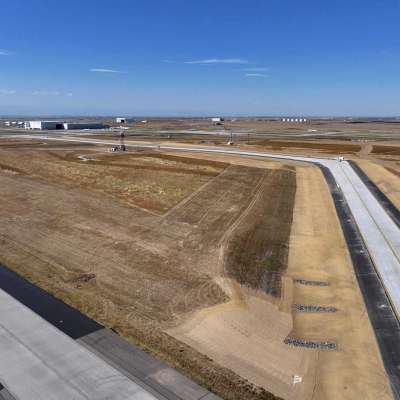
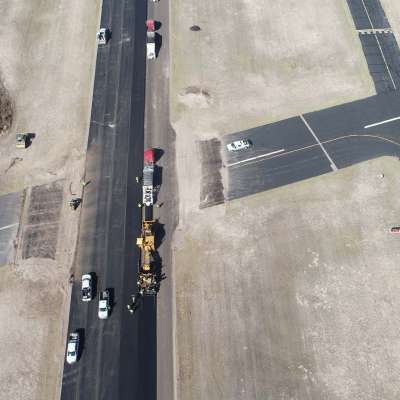
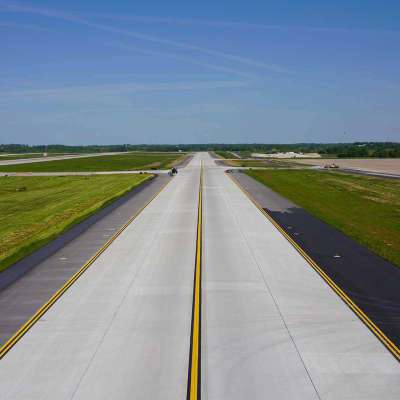
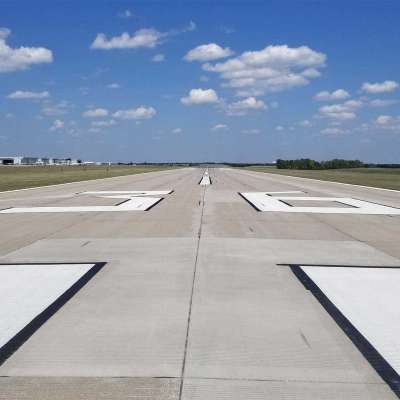

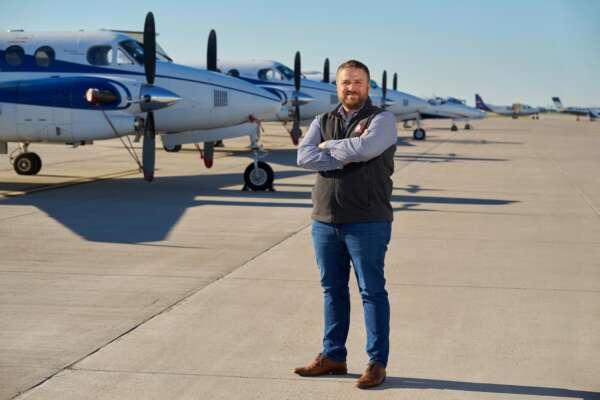

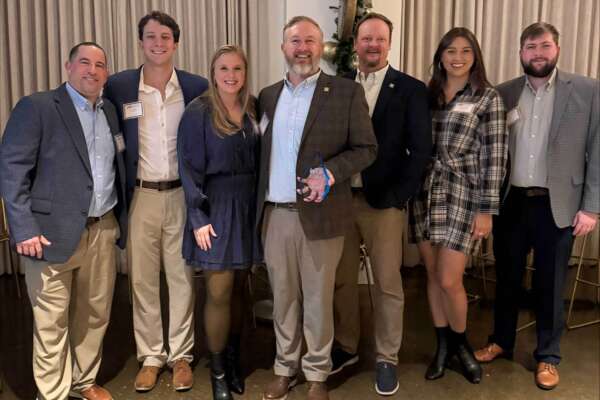
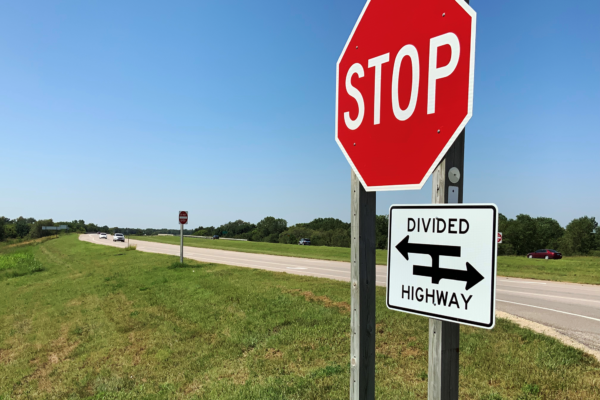

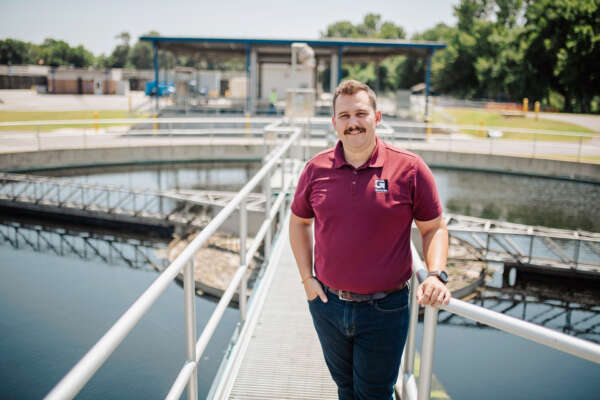
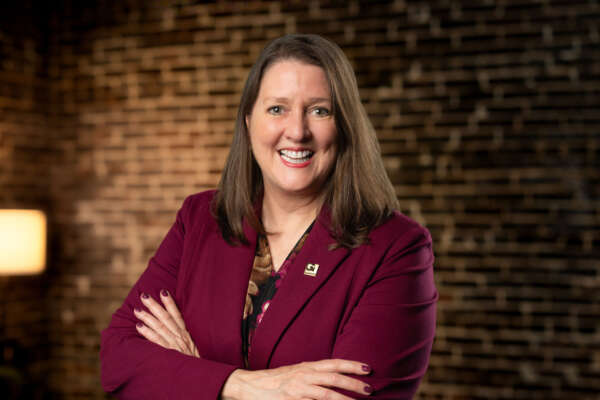

Share this article